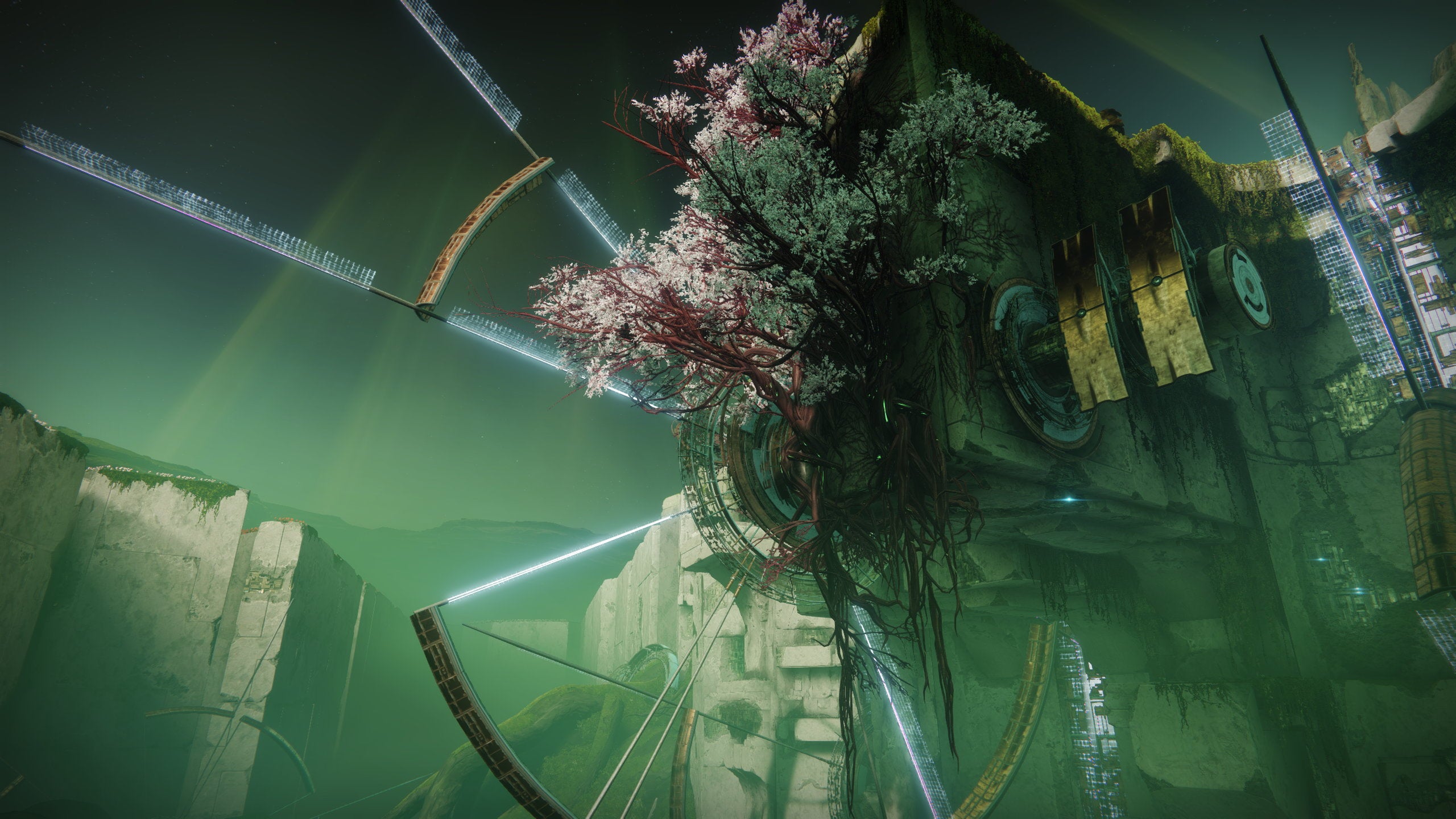Going undercover
One of my favourite moments in Deus Ex is infiltrating the VersaLife Coporation offices and secret facility beneath. There you are, deep in the belly of your foe, standing before the intimidating statue where conspirators plotted in the opening cutscene, surrounded by heavily armed guards who… are friendly? For now? Maybe only for now? Oh no. Even when a game is explicitly designed to have you go undercover, it’s against enough video game conventions that it can feel like you’re getting away with something unintended. What a wonderful tension to be somewhere you know your character should not be, delighting in freely poking around and chatting to people while fearing that this can’t last. Everyone’s so friendly! I can stare at them up close! I can admire all their architecture! I can rummage around all their stuff! Okay but might I accidentally blow my cover or annoy them? Deus Ex gave me the fear alright with constant comments from the Men In Black that I was acting weird and they were keeping an eye on me. Hitman is perhaps the series which goes hardest on going undercover. Picking identities that’ll grant you access to certain areas, choking out someone wearing that identity and yoinking their clothes, trying to act the part, then scrambling to find a new undercover identity after you blow it… it’s good. I’d also like to drop a big note of praise for Dishonored’s masquerade ball level, where you can purloin an invitation and everyone seeing your mask will assume you’re some wag dressing up as the infamous murderer—right up until they see you acting weird.
A really big unreal place
My gaming “power fantasy” is seeing a load of really cool big things which exist only in imagination. Let me fight through vast cybernetic gardens grown by time-travelling robots. Let me see an island of garbage. Let me feel uncomfortable even looking at something gone wrong. Let me trek across the surface of a comet towards distant ruins and watch pylons rain from skies on a desolate planet and run across many more of Connor Sherlock’s wonderful and intimidating landscapes. Let me fly spaceships through megastructures in deep space. Let me speed through the bloodsoaked heart of Heaven. Let me see very, very large places I will never see in reality. Part of why I adore walking simulators (a genre which doesn’t include games like Dear Esther, okay) is that they are free to show me a really, really big unreal place. They don’t have to worry about cover or AI pathing or objectives or even really framerates. They can just go, “Hey isn’t this giant weird place cool?” and I will respond, “Yes, it is, thank you very much, walking simulator.” Objective-driven games can do this, mind, but they’re often reluctant to for reasons of performance and attention. It can take a lot of hardware power to render a giant weird thing, processor cycles which need to be shared with AI and enemies and weapons and steady framerates. I do feel this is changing in recent years, thankfully; more developers are using modern power to make giant cool things instead of pushing it all into oversized facial pores and individual eyelashes. Destiny in particular has some truly stunning scenes and not just in the background, from the incomprehensible machinery of the secret Whisper mission to the aforementioned cybernetic Garden Of Salvation. God, I love Destiny’s giant weird sci-fi places. And, you know, going into guts and meat is often a really really big unreal place.
But which is better?
Myself, there is nowhere I would rather be than in a really big unreal place. Pick your own winner, vote in the poll below, and make your case in the comments to convince others. We’ll reconvene next week to see which thing stands triumphant—and continue the great contest.
